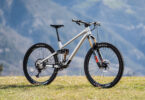DI.A 2015 Breakout Session | Categories Ad Absurdum


“Electro-Folk with Dubstep elements” – all clear for a music expert, for the rest of us, not at all. Anatol Sostmann, Trek Bicycles Marketing Manager GER, sees a clear overkill of categories, like many others in the bicycle industry. Instead of informing, some marketing bla bla and the creation of new sub-categories in order to differentiate themselves from competitors causes one thing: confusion! Unfortunately the solution isn’t as simple as you might think…
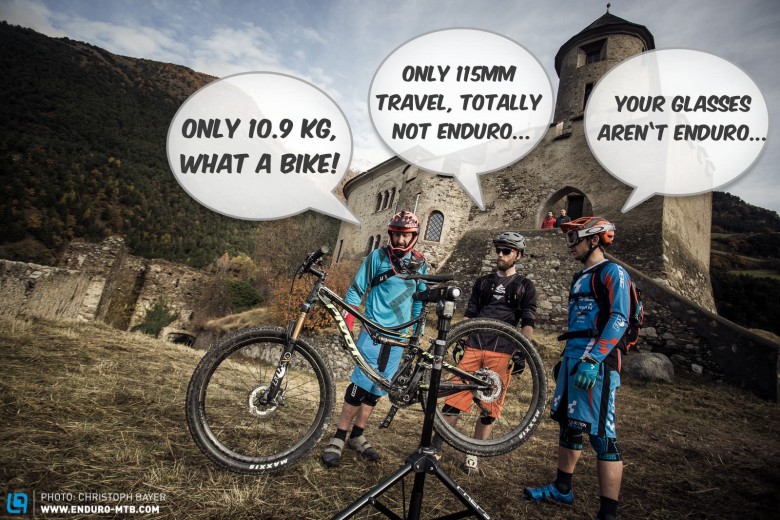
A practical example: “a super-all-mountain with enduro-capabilities“ – what does this tell me exactly? Is it better than a normal all-mountain? Am I not allowed to ride an enduro on a bike which doesn’t have enduro explicitly written on it? Am I not allowed to play otherwise? And who actually defined what all-mountain even means? “All” means everything… doesn’t it? In short: we are experiencing and excess of bike categories in which the industry or media want to get a bit more attention with the newest sensation, the newest headlines, the newest superlatives.

That might lead to the desired short lived headline, then also to a short lived enthusiasm until the consumer arrives back in reality and comes to the sobering conclusion that “the super-all-mountain with enduro-capabilities“ isn’t the amazing do-everything-awesomely-machine, instead – you can hardly believe it – it’s just a bike.
The constant bla bla and segmentation overlooks one thing: too many categories confuse and overburden some potential customers. The sheer quantity of categories and corresponding decisions overwhelm them. In the medium term this doesn’t just make it difficult for consumers to keep abreast, bike retailers struggle too.
Joe Parkin, US-legend and ENDURO’s new Chief Editor USA
ENDURO: Do you see an excess of bike categories? Yes and no. On the purely mountain-bike side of things, we’ve got cross country, trail, enduro and downhill as the main categories, and those do a fine job of sorting out intended use of a bike. But then you go to the bike-company websites and see that most of them have their own categories. Riders who have been at the game for a while can see past the marketing and determine on their own the best bike for them based on millimeters of travel and frame geometry, etc, but for newcomers, it can be confusing as hell.
In your four years as Editor-in-Chief at BIKE magazine what was the weirdest “category“ you heard of? I love Cannondale’s bikes, but their “OverMountain” moniker is positively silly.
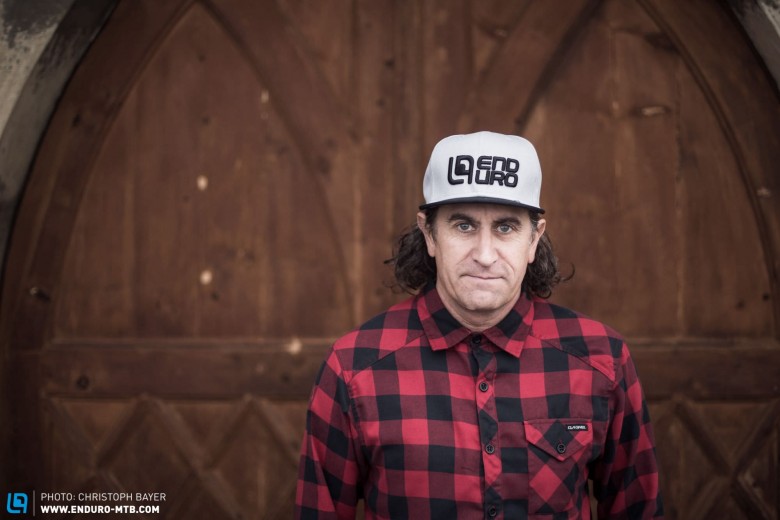
What are the risks of too many categories in your eyes?
There’s confusion for newcomers, as I mentioned before, but also the fact that all of the categories create a separation of the ‘classes’, which is definitely a drag. At the end of the day, aren’t we all just mountain bikers? Whether we’re riding sub-100-millimeter bikes or plus-160 rigs?
What categorization does make sense that allows brands to differentiate their portfolio but neither confuses the consumer? I like Cross Country (uphill and racing is more important than comfort and going downhill); Trail (what most people do — the emphasis is on pedaling, adventure, all-around riding; trail bikes are the SUVs of the mountain-bike world); Enduro (downhill speed and control is paramount, but the bike must be able to be pedaled to the top); Downhill (purpose-built bikes for downhill tracks and bike parks). Let’s call it a day right there. Oh wait, there are fatbikes….
Peter Vallance, Director – Mountain Product Management at Cannondale
What was the idea behind creating the Overmountain category? Was it accepted by the shops and consumers?
OverMountain is the name we coined that overarches All-Mountain/Enduro (Jekyll) and Trail (Trigger). We developed the DYAD rear shock which we feel changes the way you can approach mid-travel riding by offering two distinct ride feels with separate geometries, suspension travels and shock damping for climbing and descending. The name has been well-accepted, but think the DYAD technology has been under-recognized. What appears to be a complex technology is actually quite straightforward and getting that message across has been a bit of a challenge. The good news is that anyone that rides one gets the benefit right away.

Before all the discussions about new wheel sizes came up, travel was used to categorize the intended use of bikes. What parameters shall we use today and what parameters will we use with new tire sizes (Plus-Sizes) coming up?
Today, we’re seeing a trend towards somewhat of an equilibrium in wheel size/travel in that for travels 100mm and below, 29er is king and anything above that is 27.5”. Hopefully for 2016 we will be able to infer wheel size by suspension travel for the most part. Small/tall rider fit and regional preference will still wreak a bit of havoc on total simplicity. I think with plus sizes, the market and industry will have to go through some growing pains to determine if they are viable and where their benefits are most suitable.
As a global brand what challenges do you face on a regional level regarding the understanding of the intended use of bikes?
It is tough to offer a global line that meets the needs of all regions. Some markets have needs which are quite different and sometimes in opposition to others. I think our first responsibility to create what we see as simply the best riding bike for a given application while factoring in the direction of the market. That way as various markets evolve and trends ebb and flow, you can always be confident in the product itself rather than trying to appease everyone – something that will never happen.
What categories make most sense in your eyes?
I actually don’t mind delineating categories by suspension travel, though we need to be able to put a name to each. Wheel sizes should not be a category, but rather a preference within each category if necessary. There will always be a huge amount of overlap between categories and a never ending debate as to the best travel/wheel size etc is best for each.
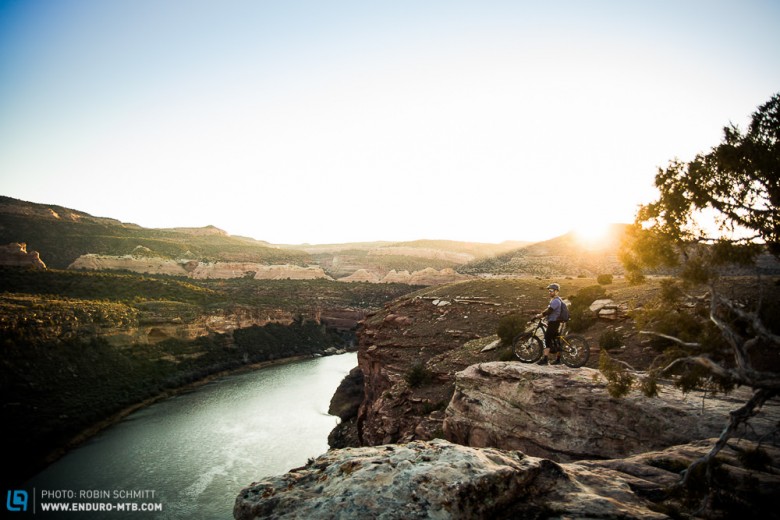
Particularly when the parameters which are used to categorise aren’t so easy to define. In times when different wheel diameters, balanced and experimental geometry and variable suspension systems with wide-ranging adjustment options are every-day products. With the rising of E-Mountainbikes the discussion about categories is taken ad absurdum.
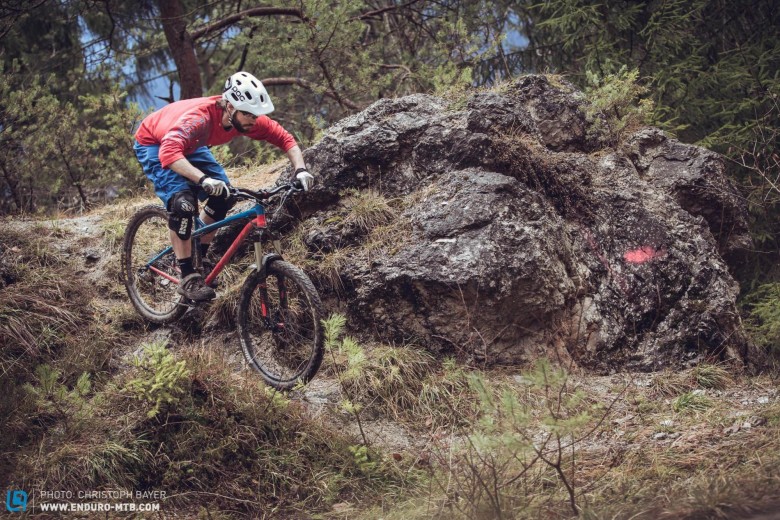
Furthermore, theory and real life also often widely differ, what if a 150mm-enduro-biker is riding in flat terrain, because he happens to live there? Is that still enduro? Or already super-all-mountain? What something is conceived for is one thing. What and where it is used is something else entirely and is up-to every individual to decide. And since individuality is a big thing in mountain biking we need to give things enough room to breathe.
On that note: it might be best to think less…….
“Keep it simple. Just ride and do epic shit!“ You could think like this and for many riders it rings true. Nonetheless one has to – especially as a magazine – give certain points of orientation and thus bear a big responsibility for the perception of individual products and the purchasing decisions of many consumers. Also unified categories, given by manufacturers, magazines, retailers and readers worldwide are of fundamental significance when looking at comparative tests and grading of or communicating about products on a global level. As an international magazine we must face up to this global and regional challenge.
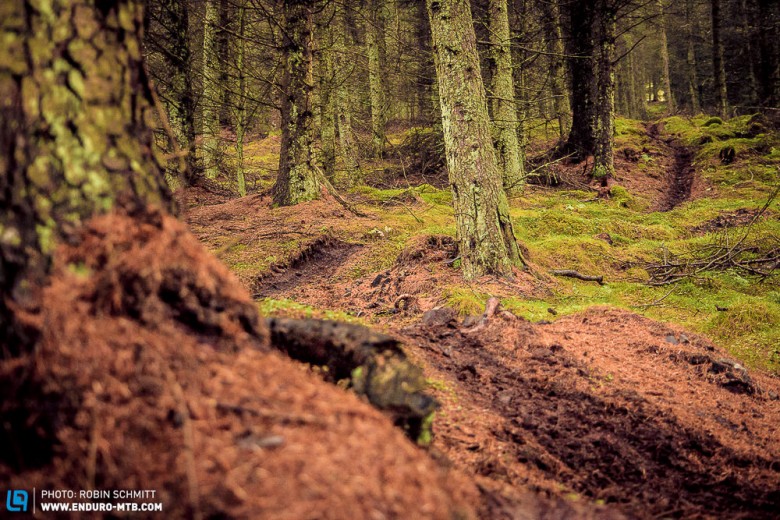
The fact is that the division of bikes into XC – Trail – Enduro – DH does have a basic logic even though the transitions between each category are naturally fluid. For this reason our editorial team is currently working on a new approach for the conception and procurement of group tests. Because only when one knows what the measuring foundations and parameters are can one reach a correct verdict and make a well-informed decision.
This discussion will be a long process. This can be seen just in the new wheel, or rather tyre sizes which will already be found on production bikes from mid-2015 which will again shift or blur intended types of use. The classic parameters used today will no longer be sufficient.
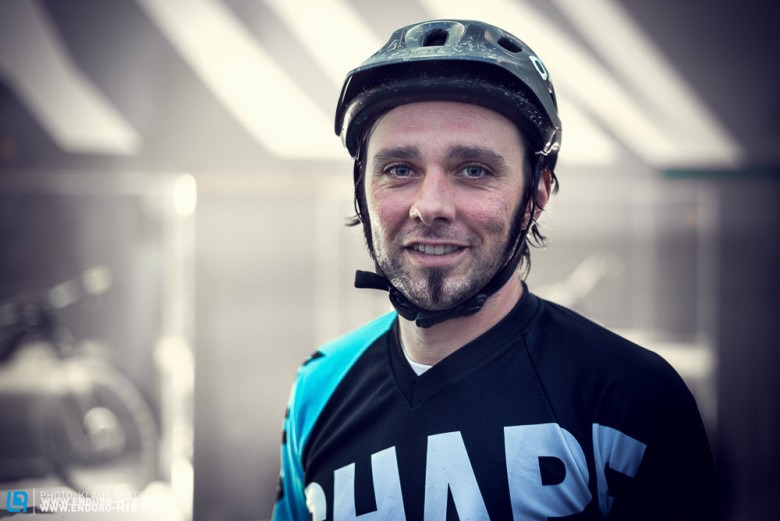
In conclusion we can note that a fundamental categorisation of type-of-use is required. One which above all will help less tech-talk versed consumers and bike newbies to orientate themselves. That is also the case for us as a magazine. But we shouldn’t get carried away and if in doubt must do without attention grabbing headlines and keep focussed on clarity. And of course, inspite of all ideal deliberations never forget the main thing – riding bikes!
We didn’t just stop there, check out our other insider interviews below for insight into the mountain bike industry and their opinions on this topic!
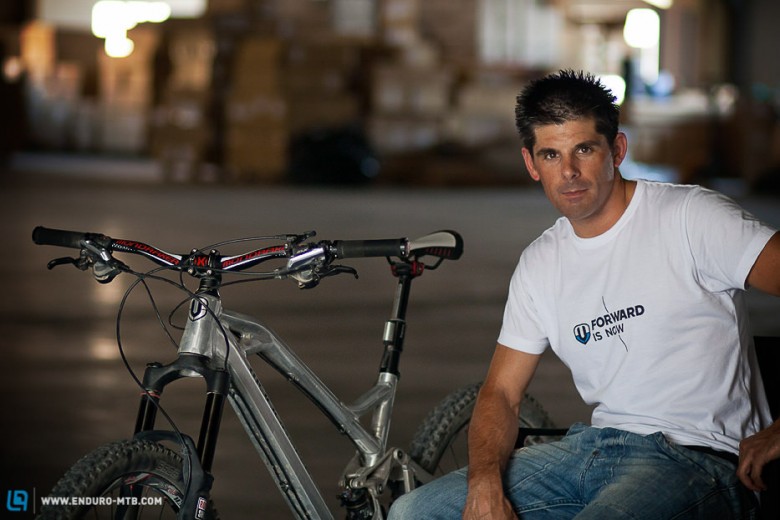
Israel Romero, Mondraker Marketing; Spanish journalist
Hola Isra, do you see an excess of bike categories in the European market?
Sure I do. It’s sometimes kind of weird compare those categories in different markets, in different countries too.. What is a Trail bike, All Mountain or a Enduro bike? based on rear wheel travel? based on features or style? Most of the time it is not clear for the consumers.. not even for some manufacturers either.
You call the new Mondraker Foxy Carbon just “THE BIKE”. Do you want to overcome the problems of putting the bike into one specific category because you think it is more versatile? Mondraker calls the new Foxy Carbon “THE BIKE” because although it is a mid-travel 140 mm rear full suspension bike, somehow it is the bike that offers the perfect blend of categories in just one single bike. The perfect bike for any type of riding in the mountains. You need no more. As pedaling efficient as a XC-Trail bike and as capable as a hardcore Enduro racer. It’s been called “THE BIKE” simply because it is the best all-around, do-it-all, MTB for the future of the sport, today.
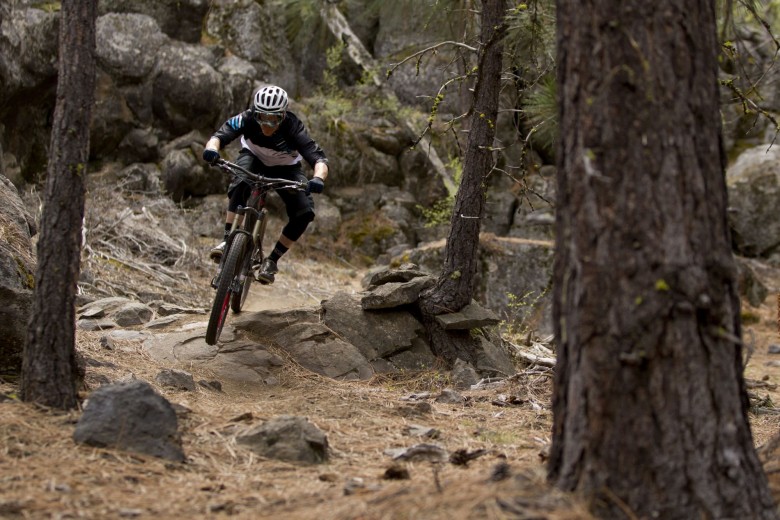
Brandon Sloan, Head of Specialized’s Bike R&D team
Howdy Brandon, do you see an excess of bike categories in the North American market? America is all about excess….we love going over the top! On a serious note, like I mentioned we do have a number of different riding categories but of course the relevance of each category varies in different parts of North Am (or the rest of the world). A type of riding that might be popular in one area might not exist in another (for example an Enduro is a bit overkill for say Oklahoma). Even within areas that have a more diverse riding population, certain shops specialize in particular categories. Rider needs are very diverse globally so we try to create categories that speak to that wide global need.
What are the risks of too many categories in your eyes? Too many categories can certainly create confusion for riders that might not be totally clear on what they are looking for, especially beginners. It requires our messaging to be clear to guide them in the right direction.
As a global brand what challenges do you face on a regional level regarding the understanding of the intended use of bikes?
Regional needs are very diverse like I mention above. If we do not participate in a certain category, we might be leaving that rider out. Since we have such a huge reach globally, we do need more categories to reach more riders. This is how we get to so many categories!
What categories make most sense in your eyes?
If a category does not make sense, we like to think we do not have it! We do not want to create a bike with no home. Do certain categories make more sense…. yes in terms of reaching a wider audience but trying to get that wide audience stoked on one of our bikes is just as fun as the much smaller audience of say a “nitchy” Enduro Evo that speaks to a very particular type of rider.

Chris Cocalis, President Pivot Cycles
Hi Chris, with your new Pivot Mach4 you aim at both the XC racer and the trail rider. How do you communicate this? And is this a general trend of the bike industry that now pays more attention to what the actual consumer will ride instead of what he wants to ride?
I think we have communicated it quite well with our launch Video and press introductions. We have a history of bringing bikes to market that perform well outside their respective category. The DW-link allows us to give the bike more travel while still maintaining pedaling performance of a much shorter travel bike. I know you have spent some time on the 429 Carbon which is a 100mm travel XC bike that has won expert and pro XC and endurance events and also serves our top Enduro riders on less technical courses. It handles a wide range of riders and terrain and the New Mach 4 carries that tradition even further with a much lighter frame design, more travel, shock valving and a sag setting range that allows the bike to be set up for both the pro level XC rider and also for reasonably aggressive trail use. For Pivot, we want to provide bikes to our core audience of riders. Many are competitive racers but most do not race for a living. They are professionals that want bikes that can do an XC race this weekend, a 24 hour event next month and ride their favorite trails during the week.
Words: Robin Schmitt | Photos: Christoph Bayer, Sterling Lorence, Sebas Romero, Robin Schmitt, Klaus Kneist
Did you enjoy this article? If so, we would be stoked if you decide to support us with a monthly contribution. By becoming a supporter of ENDURO, you will help secure a sustainable future for high-quality mountain bike journalism. Click here to learn more.




